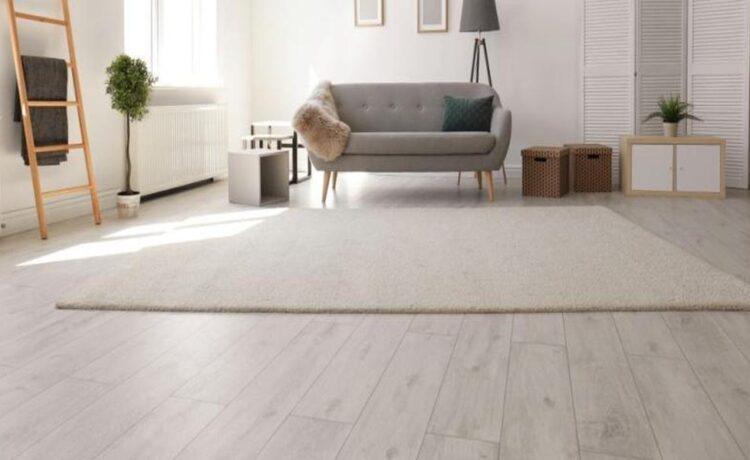Here are a few points to consider when evaluating the potential profitability of investing in Parador Flooring or any similar company:
Market Demand: Assess the current and projected market demand for Parador Flooring products. Consider factors such as trends in interior design, construction industry growth, and consumer preferences. Robust demand can drive sales and profitability.
Competitive Landscape: Analyze the competitive landscape to determine how Parador Flooring differentiates itself from other flooring companies. Consider factors such as product quality, design options, pricing, distribution channels, and brand reputation. A strong competitive position can contribute to sustained profitability.
Distribution Channels: Evaluate Parador Flooring distribution channels and market reach. Strong partnerships with distributors, retailers, and online platforms can increase accessibility to customers and drive sales.
Product Innovation: Investigate Parador Flooring commitment to product innovation and staying ahead of industry trends. Flooring companies that continuously introduce new and appealing products are better positioned to capture market share and maintain profitability.
Cost Structure: Assess the cost structure of Parador Flooring, including manufacturing, supply chain, and overhead costs. Effective cost management and operational efficiency are crucial for maintaining healthy profit margins.
The Quickest & Easiest Way To PARADOR FLOORING
Acclimate the flooring: Leave the Parador flooring planks in the room where they will be installed for at least 48 hours to allow them to adjust to the room’s temperature and humidity.
Install underlayment: Lay down a suitable underlayment, such as foam or cork, to provide cushioning and reduce noise. Follow the manufacturer’s instructions for installing the underlayment, which may involve rolling it out and cutting it to fit the room.
Start the installation: Begin in one corner of the room. Remove the tongue side of the first plank, leaving only the groove side exposed. Place spacers along the wall to create an expansion gap.
Cut and fit the last row: Measure and cut the last row of planks to fit the remaining space, leaving an expansion gap against the wall. Use a table saw or jigsaw to make precise cuts. Ensure the cut edge faces the wall, so it will be concealed by the baseboard or trim.
Install transition pieces: If necessary, install transition pieces, such as thresholds or T-moldings, between rooms or to transition to different flooring types.
Ideas For PARADOR FLOORING
Classic Wood Look: Parador is known for its high-quality laminate and engineered wood flooring. You can choose from a variety of wood species, such as oak, walnut, or maple, to create a classic and timeless look in any room.
Tile Effect: Parador also offers laminate flooring that mimics the look of tiles. This is a great option for areas like kitchens and bathrooms, where you want the look of tiles but the comfort and warmth of a laminate floor.
Wide Planks: Opt for wide plank flooring to give your space a more spacious and open feel. Parador offers a range of wide plank options that can add character and charm to any room.
Waterproof Options: Parador’s Aqua-Proof range provides waterproof flooring solutions, making them suitable for areas with high moisture, such as bathrooms, laundry rooms, or basements. These floors are designed to withstand water exposure and are easy to clean and maintain.











